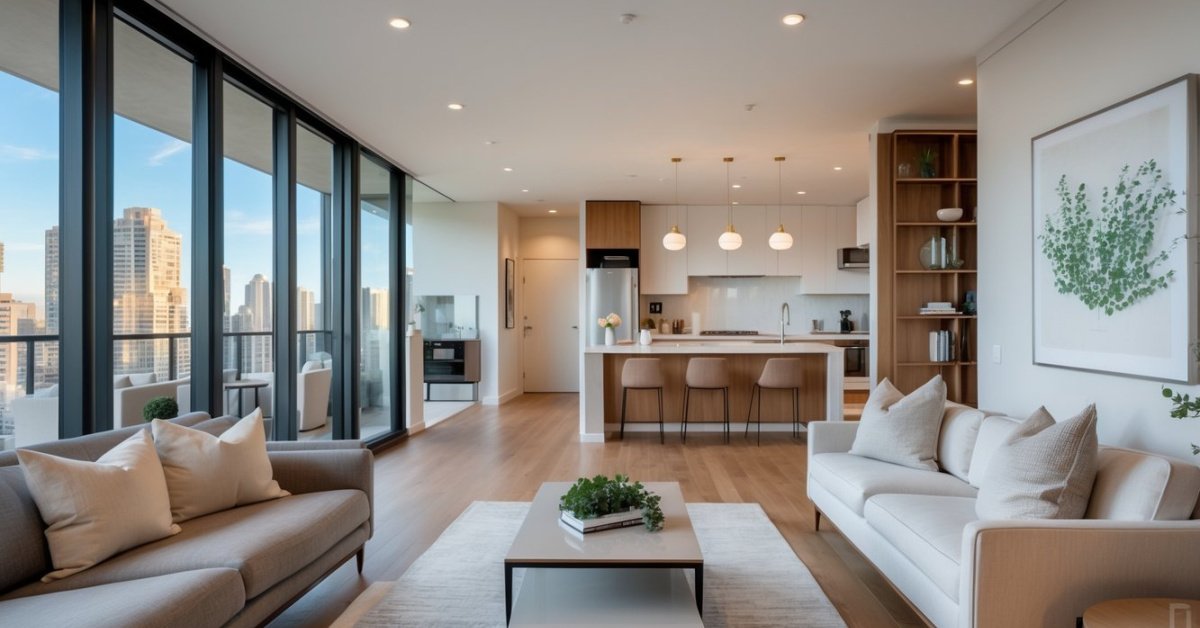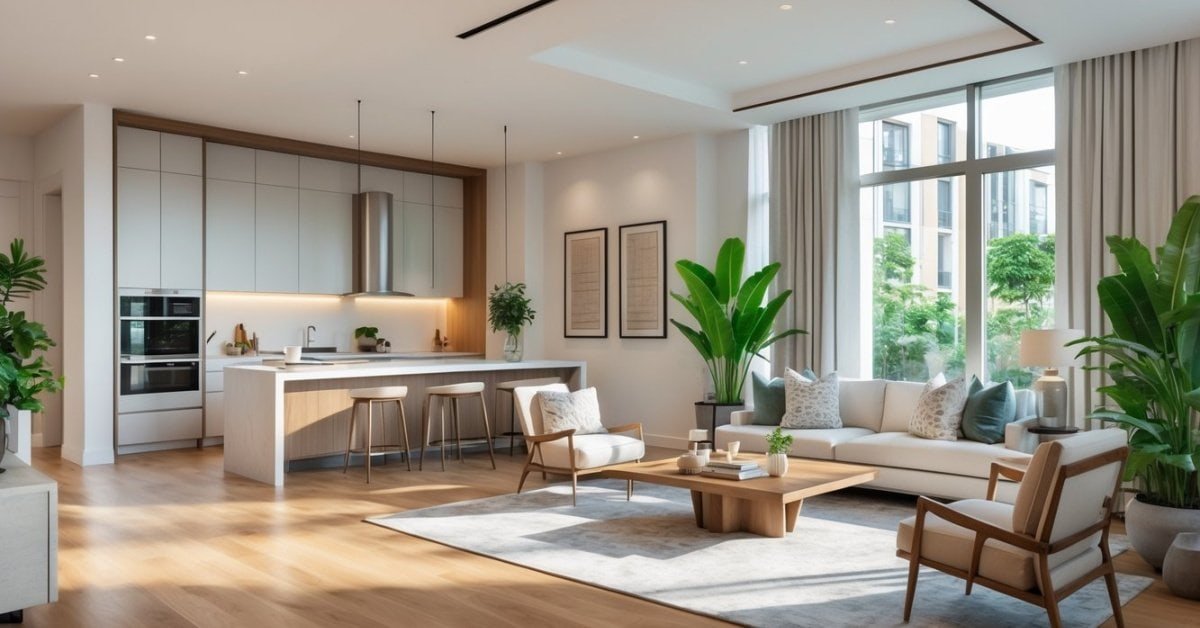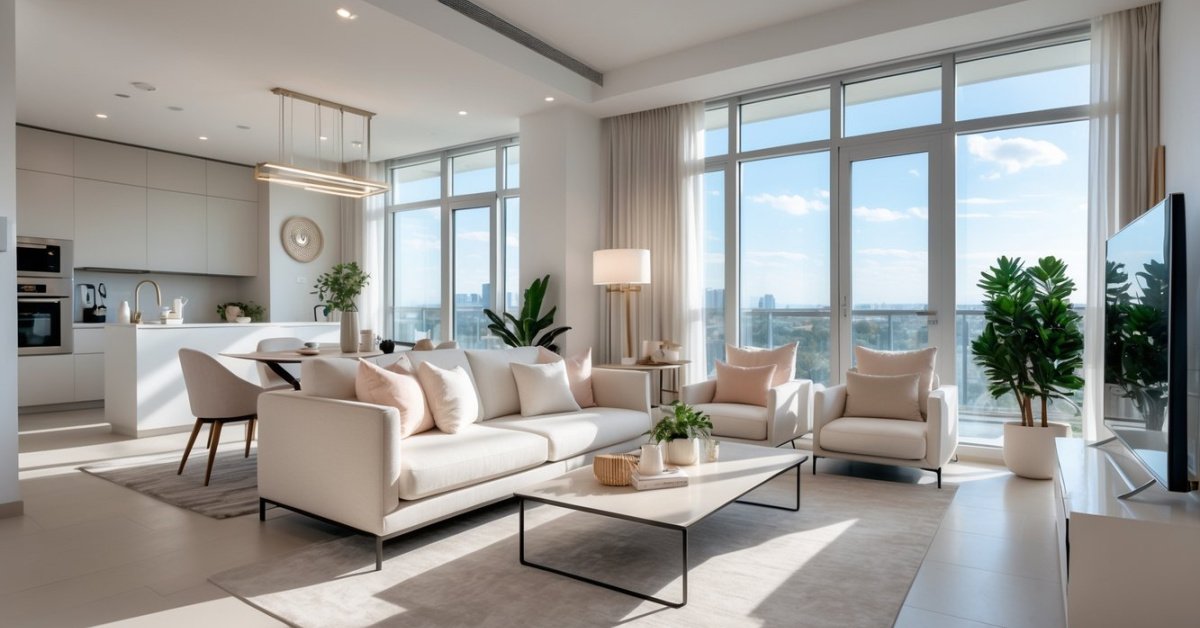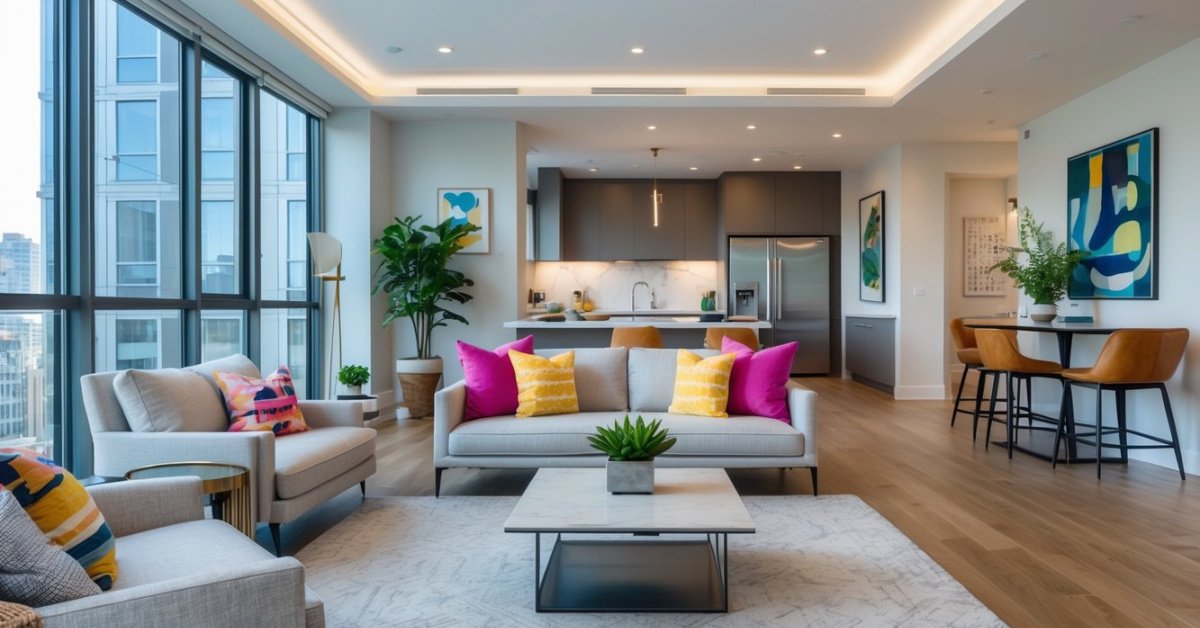Key Takeaways
- Assess your outdoor gear by type, size, and frequency of use to develop an efficient storage plan tailored to your apartment’s available space.
- Maximize storage by utilizing vertical space, multi-purpose furniture with hidden compartments, and wall-mounted or overhead racks for bulky items.
- Organize equipment by activity or season using clear bins and labels to ensure quick access and minimize clutter.
- Protect your apartment and gear by thoroughly cleaning and drying outdoor items before storage to prevent mold, mildew, and damage.
- Regularly declutter and rotate gear, keeping only essential items accessible and storing or donating infrequently used equipment.
- Establish a consistent storage routine to maintain order, prolong the life of your gear, and keep your living area stylish and functional.
Living in an apartment doesn’t mean I have to give up my love for outdoor adventures. But every time I come home with muddy boots and bulky backpacks I’m reminded that space is a luxury I just don’t have. Figuring out where to stash all my gear without turning my place into a storage unit can feel like a puzzle.
I’ve learned that with a little creativity and the right tricks it’s totally possible to keep everything organized and ready for the next trip. Whether I’m storing a kayak or just a few hiking essentials I know there’s a way to make it work—even in the smallest spaces.
Challenges of Storing Outdoor Gear in an Apartment
Square footage gets tight in an apartment—most units I remodel average 600-900 sq ft, so every bit of space matters when storing outdoor gear like trekking poles, ski boots, or climbing ropes. Oversized items—think mountain bikes or paddleboards—rarely fit closets or simple storage bins. I see tenants struggling with closet overflows and hallway clutter in every flip.
Accessibility takes a hit when gear ends up hidden behind furniture or deep in storage containers. Quick grab-and-go setups just aren’t possible if, for example, tents or sleeping bags stack behind seasonal clothes or old boxes. This slows down pre-adventure prep and can damage gear fabric or finishes, especially if I notice items have gotten crammed together or bent.
Climate control proves tougher without garages or dedicated mudrooms. Wet jackets, muddy boots, or damp kayaks regularly track moisture into entryways, causing increased risk for mold and mildew—or even ruining rental finishes over time. I always warn clients humidity and poor airflow inside small apartments raises maintenance challenges for everything from insulated jackets to technical footwear.
Aesthetic cohesion becomes tricky since specialized gear never camouflages easily. Bold kayaks, helmet racks, or hanging packs often disrupt cohesive design plans I try to establish in apartments. Clients trying to keep living areas stylish while showcasing gear collections face these challenges in most modern rentals.
Evaluating Your Gear and Space
Every apartment project starts with a close look at both what needs storing and where it might fit. I always match the type and size of outdoor gear to any possible nook, cranny, or wall space before I start designing a storage plan.
Assessing the Types of Gear You Own
Sorting your outdoor equipment by size, shape, and frequency of use streamlines storage decisions. I place bulky items like skis or backpacks in their own group, then separate flexible pieces like jackets or sleeping pads. For example, I list all large rigid items—bikes, snowboards, and tents—in one category and soft-sided or collapsible gear—such as clothing, collapsible chairs, or camp cookware—in another. Knowing exactly what you own cuts down on wasted space and avoids clutter.
Identifying Available Storage Areas
Measuring each area in your apartment reveals hidden storage potential. I check closets, entryways, under-bed spaces, and vertical wall areas for possible use. Wall-mounted hooks, over-door racks, and built-in shelves often fit helmets, packs, or boots without taking up valuable floor space. I also consider unused corners or high shelves in living rooms for infrequently used gear, like winter equipment during summer months. Using every available inch preserves living comfort and keeps gear close at hand for last-minute trips.
Smart Storage Solutions for Small Spaces
Maximizing every inch matters when I’m fixing up apartments or flipping smaller properties. My approach blends functionality and aesthetics so outdoor gear fits right in with the living area while staying organized.
Utilizing Vertical Space
Installing shelves above doors and windows expands apartment storage capacity without giving up floor space. Floating shelves along entryway walls or in closets keep shoes, helmets, and small packs accessible. Vertical wall-mounted racks accommodate climbing ropes or trekking poles in compact columns. Pegboards with customizable hooks create flexible display panels for everything from water bottles to carabiners.
Multi-Purpose Furniture and Hidden Storage
Choosing furniture with built-in compartments delivers extra storage for outdoor gear where traditional shelving won’t fit. I often pick ottomans and benches that hold boots or helmets beneath the cushions. Storage beds with pull-out drawers stow bulkier gear like ski boots or sleeping bags without crowding the closet. Console tables with slide-out baskets work as catch-alls for gloves and goggles in the entryway.
Wall-Mounted and Overhead Options
Hook systems mounted in utility closets or laundry nooks work for hanging jackets, wetsuits, and backpacks where airflow protects against mildew. Overhead racks—especially those mounted in long hallways or above door frames—hold items like folded tents, paddles, or snowboards up and out of the way. Using ceiling hoists for bikes keeps valuable equipment safe yet easy to lower when it’s time for an adventure.
Organizing and Protecting Your Outdoor Gear
I always focus on protecting outdoor gear and keeping everything accessible, especially in apartments where every square inch matters. Organizing gear by category and maintaining it between adventures keeps it usable and fits right in with a well-designed space.
Categorizing by Activity or Season
Sorting outdoor gear by activity or season streamlines both storage and access. I group hiking packs, climbing ropes, and trail shoes together and store them on the same shelf or wall section for quick grab-and-go setups. Off-season gear, like snowshoes or heavy winter jackets, goes into stackable bins or on higher shelves. Transparent containers show what’s inside, and clear labels cut down guesswork and hunting. Keeping gear organized by use improves space efficiency and stops clutter before it starts.
Ensuring Proper Cleaning and Maintenance
Cleaning outdoor gear before storing keeps gear and living spaces in top condition. I lay out tarps by entryways for muddy boots and spray off bikes or boards on the balcony, when possible. Boots and tents must dry completely before stowing—moisture invites mildew, and nothing ruins gear faster. I always use hanging racks or mesh bins for drying, then wipe down everything with gentle cleaners for safety and longevity. Simple routines like these protect both the equipment and the apartment, especially when space shares double-duty as a living area.
Tips for Keeping Your Apartment Clutter-Free
Streamlining storage keeps an apartment feeling spacious, even with a passion for outdoor adventures. I approach organization with functionality and visual presence in mind, aiming to keep my own small living areas neat and stylish.
Decluttering and Rotating Gear
Decluttering and rotating gear makes a noticeable impact in maintaining order. I schedule a quarterly review of every bin, shelf, and hook, pulling out anything unused since the previous season. Essential items like hiking boots or a favorite rain shell stay accessible, while seldom-used gear, such as snowshoes or overnight packs, gets stored in less prominent areas. I donate or sell duplicate and outdated pieces, keeping only high-quality, core gear sets. This cycle keeps storage manageable and ensures only what I’ll actually use takes up space.
Creating a Consistent Storage Routine
Creating a consistent storage routine protects both the gear and the apartment’s aesthetics. I assign every item a dedicated spot, labeling containers or shelves so nothing drifts out of place. After each outing, I make it a habit to clean and dry equipment, then return everything to its “home” before settling in. I include a weekly walk-through to tidy shared entryways and vertical storage, checking for wet boots or gear that needs repairs. Repeating these routines, the apartment stays organized, visually calm, and ready for my next project or adventure.
Conclusion
Finding the right balance between my love for outdoor adventures and the realities of apartment living hasn’t always been easy but it’s definitely possible. With a little creativity and the right storage strategies I’ve managed to keep my gear organized and my space comfortable.
Now I can grab what I need for my next adventure without turning my home upside down. Keeping things tidy not only protects my gear but also helps me enjoy both my hobbies and my living space so much more.





